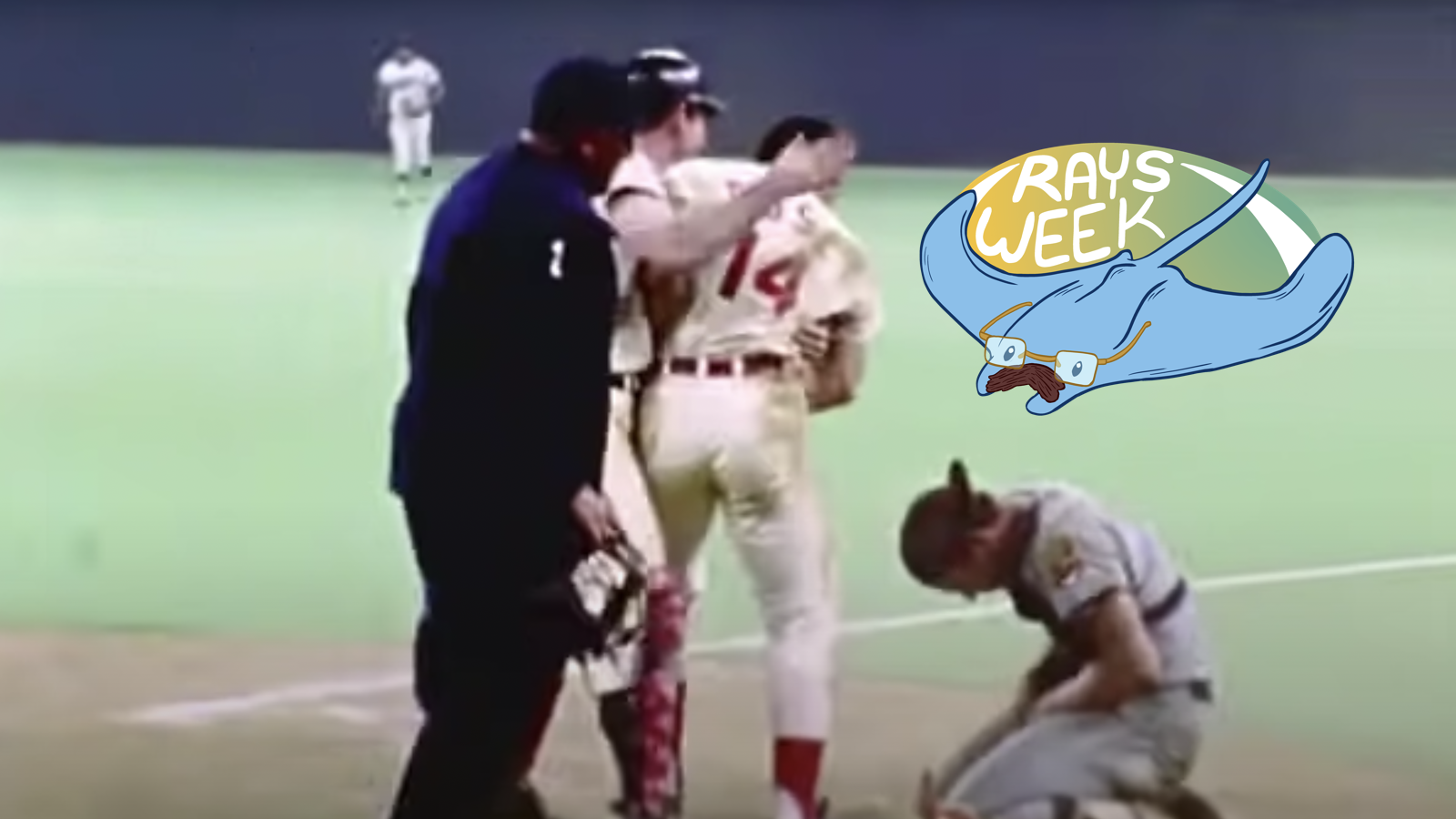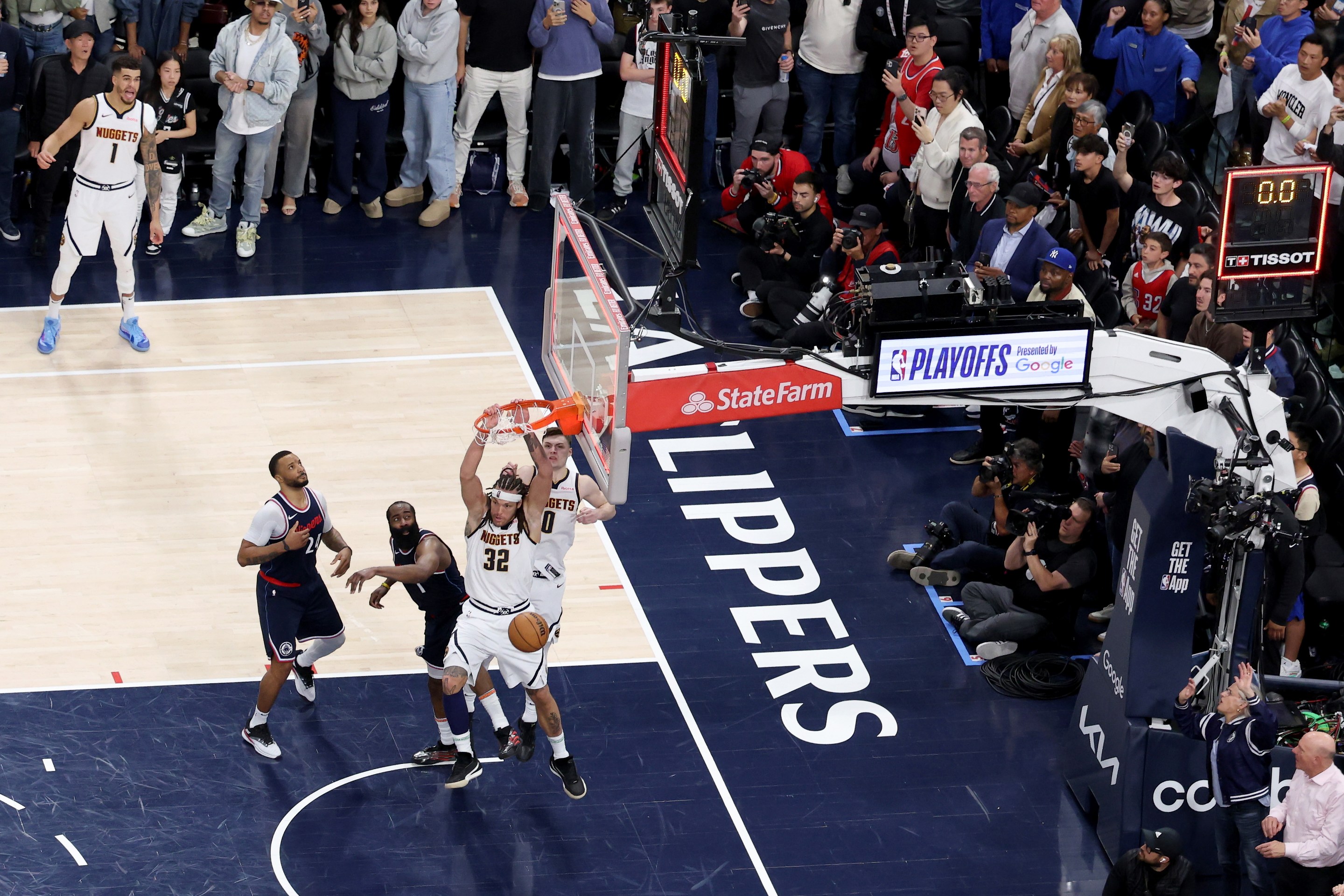The most famous highlight in All-Star Game history also happens to be baseball’s most famous play involving a guy named Ray: Pete Rose poleaxing Ray Fosse in the 1970 summer classic.
The All-Star Game hasn’t meant anything to fans of any age for a while. The home run derby has generated more buzz than the game itself for years now.
But I was a kid just getting into baseball in 1970, and the game was magic. There was a clear separation of the American and National Leagues back then. There was no free agency so movement of star players was just about non-existent. The only interleague play came in the All-Star Game or World Series. Each league even had its own president. There was no ESPN for me to learn about out-of-town teams; there wasn’t even cable. I grew up outside of Washington, D.C., and all the baseball I got about teams other than the Washington Senators were game scores on the nightly news and then a half-hour of highlights over the weekend on the syndicated TV show, This Week In Baseball With Mel Allen. (I was at an old timer’s game at RFK Stadium in the 1980s and an old guy got in the elevator with me and politely asked me to push the press box level button for him. I had never seen Mel Allen in person or on TV or even in a newspaper photo to that point—he just narrated the highlights on the weekly show—and had no idea what he looked like. But just from the voice alone my brain told me I was in the presence of baseball greatness. So I asked the man if he was Mel Allen and he said yeah. It was cool.)
The 1970 game was played in Cincinnati, Rose’s hometown and where he was one of many superstars on the beloved local baseball team, the burgeoning Big Red Machine. Riverfront Stadium and its blatantly unnatural and overly green astroturf had only opened two weeks before the game. President Richard Nixon flew up for the game. An amazing 23 future Hall of Fame players and coaches were on the rosters (not counting the deserving but banned Rose). It was an event.
The National League came from three runs down in the bottom of the ninth to tie things up and send the game to extras. It stayed tied until the bottom of the 12th. Rose was on second base, by virtue of two singles (no ghost runner back then!) with two on and two out. Jim Hickman of the Chicago Cubs hit a line drive up the middle that landed in front of charging center fielder Amos Otis. Rose rounded third and beat the throw to the plate by bowling Fosse over; Milton Richman, a sportswriter for UPI wrote that Rose knocked him "ears over teakettle." NL’ers mobbed Rose to celebrate while a few AL’ers consoled Fosse.
In the short term, Rose was praised for playing the All-Star Game the “right way.” Like it really mattered. For the first several years afterward, whenever Fosse, a rookie phenom with the Cleveland Indians in 1970, was asked about the collision he said Rose didn’t do anything wrong. Fosse also often pointed out that because he was blocking the plate without the ball Rose would have injured himself seriously by trying his trademark headfirst slide. I loved Pete Rose back then, and bought into the storyline that bowling over Fosse was the right thing to do.
But over time, All-Star Games, in baseball and all sports, began being taken more as exhibitions than places where players should show off a gritty attitude at the risk of their or opponents’ health. Fosse at some point began hemming and hawing, questioning whether Rose could have run around him instead of through him. And Rose became known more for being a scoundrel than a hard-nosed player. As Rose’s reputation went to hell, the play at the plate came to be used against him.
The Washington Post’s baseball sage, Thomas Boswell, cited the play in a 1989 column on what a bad guy Rose was: "Rose apparently cheated on a good wife, neglected two children and hurt his family more than he ever hurt Ray Fosse"
I’ve seen the play at the plate my whole life, and can’t say exactly when I started accepting the line that Rose destroyed Fosse’s career. But I definitely did think that was the case. It was only very recently (while revisiting the smashup for, yes, Ray’s Week) that I learned how Rose has for some years felt the need to argue that he shouldn’t be shamed for what took place.
I gotta say: Rose’s case that the impact of his hit on Fosse has been way overblown ain’t bad. After all, X-rays on Fosse’s shoulder the night of the game were negative. Wire service reports said doctors determined that Fosse had "no fracture, no dislocation—just a bad bruise." And Fosse strapped on the catchers’ “tools of ignorance” and was in the lineup two nights later. The media had barely noticed Fosse until Rose ran him over and made everybody aware of him. In September 1970, the Washington Post ran a story headlined “Rose’s Knock Opportunity For Fosse,” about how the collision was actually a blessing for the guy who got steamrolled.
Rose, meanwhile, was reported with an “injured knee” and “a charley horse” immediately after the game. Those boo-boos knocked him out of the Reds lineup after the all-star break.
“I missed the next three games,” Rose ranted in 2019 on Sirius radio while absolving himself of guilt. “He didn't miss any. He went on to play nine more years. And I ruined his career?”
It’s also true that Fosse played more games in each of the three years following the big bump than he had in 1970. And Fosse made the All-Star game again the following year. Fosse got two World Series rings with the Oakland Athletics following a trade, then returned to Cleveland and hit .301 in 1976, six years after the smashup seen ‘round the world.
The Rose/Fosse collision still gets cited pretty much every year around this time. It also got lots of talk in 2014, when MLB put in rules prohibiting the sort of bump that made the 1970 All-Star Game memorable. “Lowering of the shoulder” by a baserunner, as Rose surely did before barreling into Fosse, was heretofore officially banned.
And Fosse's violent summit with Rose at home plate was the talk of the baseball world again last year, when Fosse died after a long run with cancer. For better or worse, Fosse, like the 1970 All-Star Game, was remembered mostly for that time he got knocked ears over teakettle. The headline of The New York Times obituary: "Ray Fosse, 74, Catcher Best Known for a Collision, Is Dead.”
Correction: A previous version of this story inaccurately said Ray Fosse hit .301 in 1974. He hit .301 in 1976.






